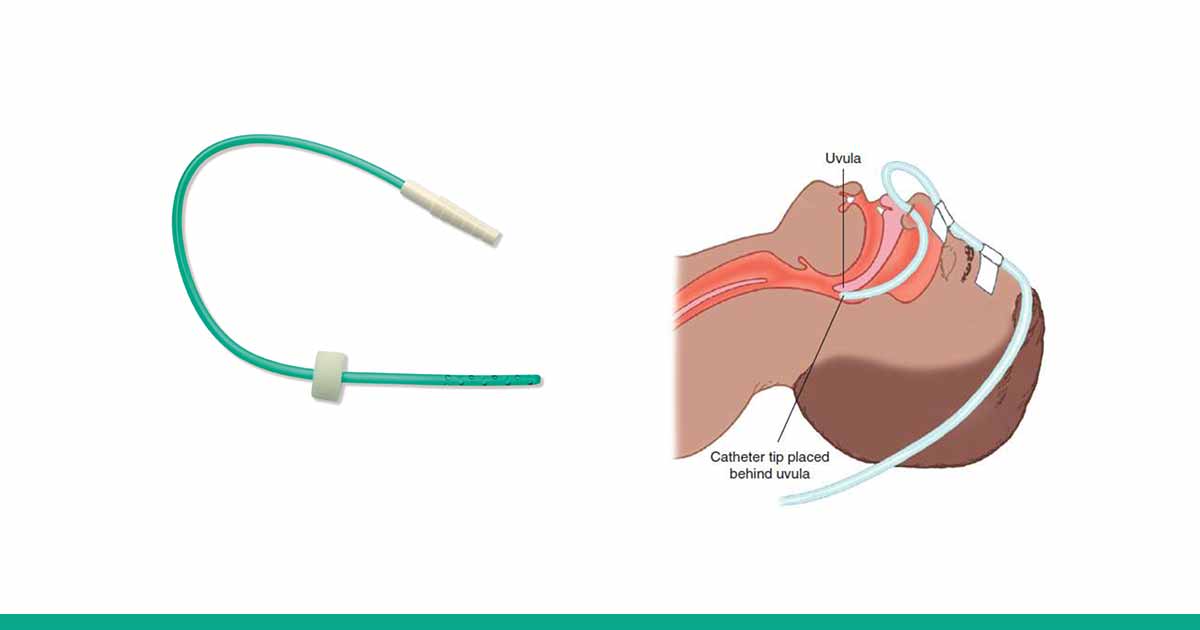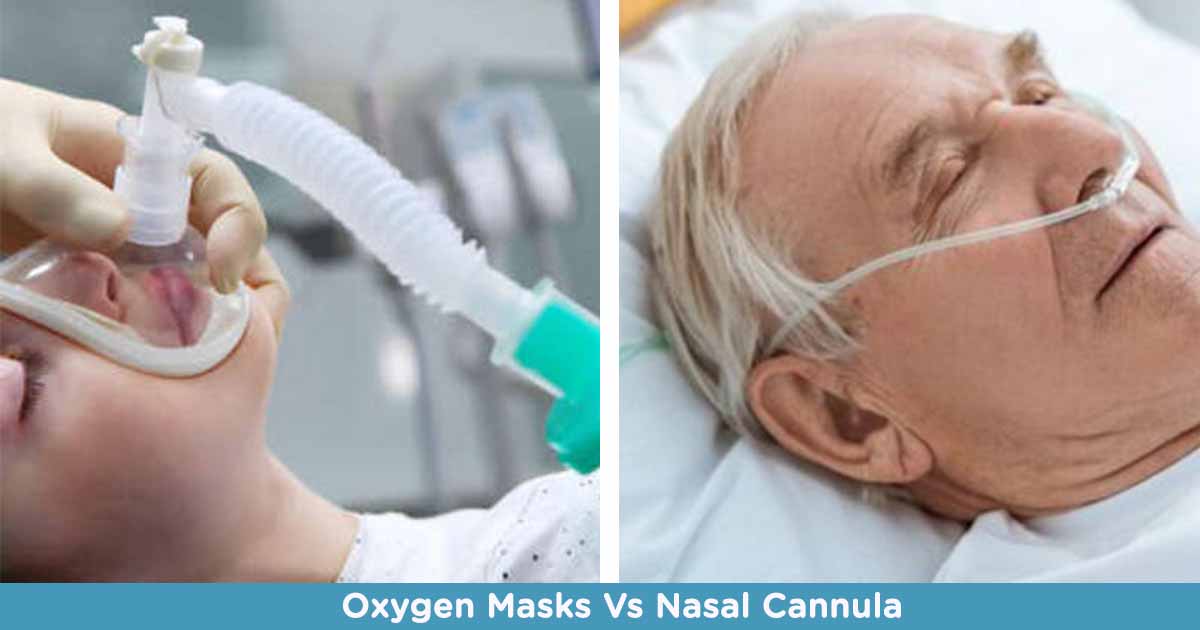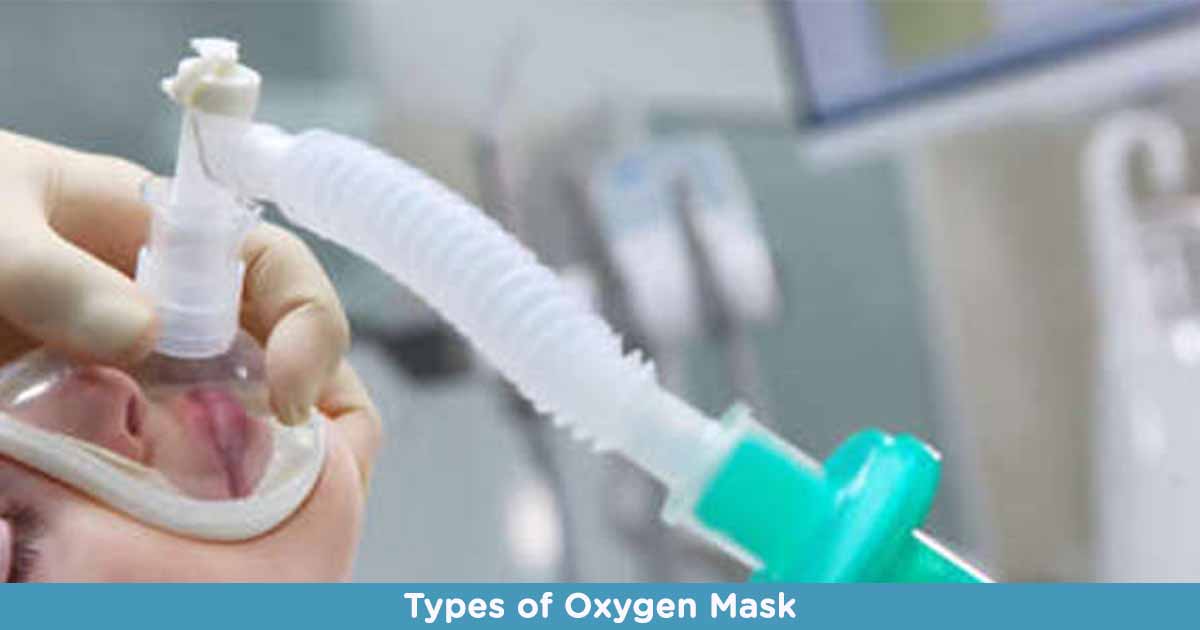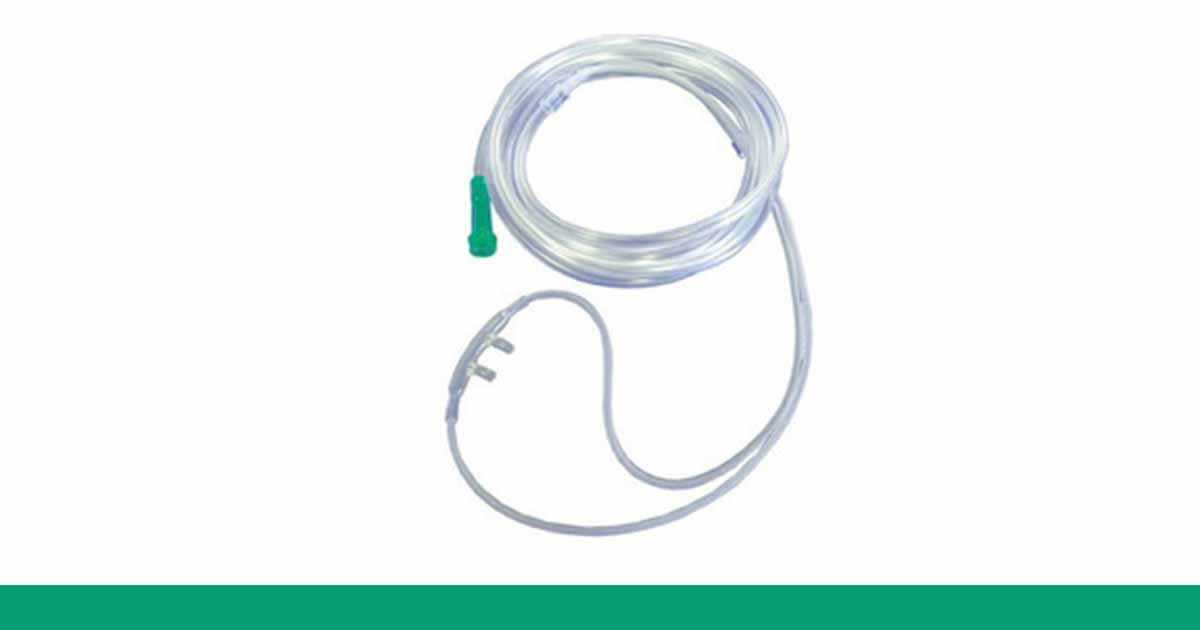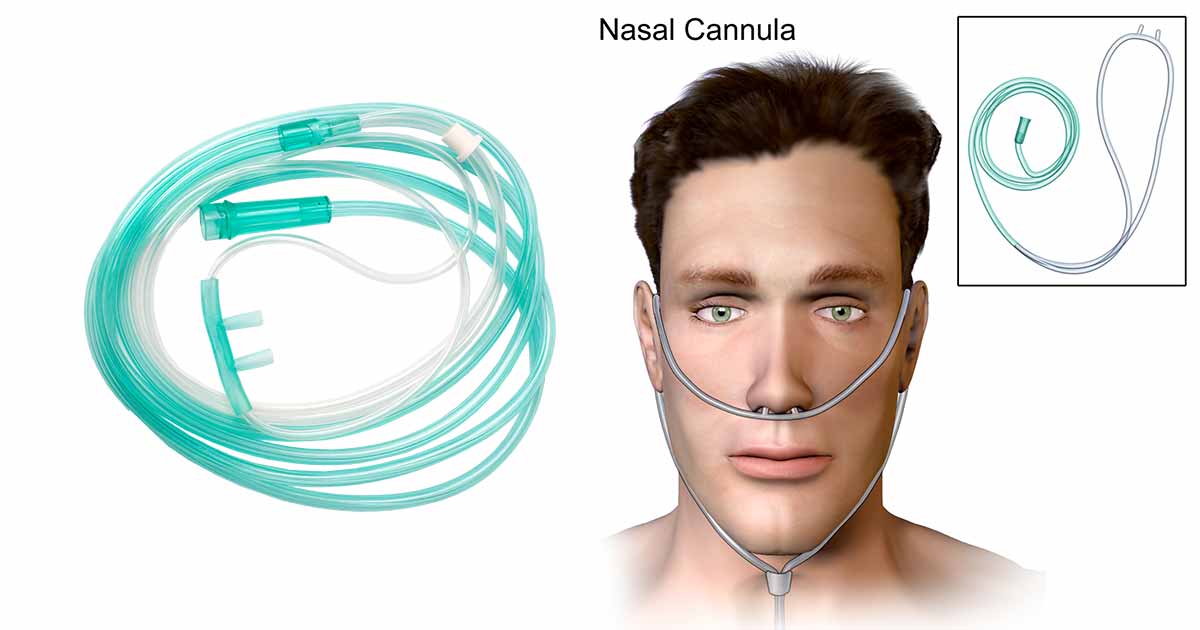Main Uses of Nasal Catheter, Nasal Cannula vs Nasal Catheter
A nasal catheter is a sterile, single lumen catheter. The flexible tube is usually lubricated with a water-soluble gel, and inserted into the anterior naris by a foam collar, just above the uvula. The single use device is used to deliver supplemental oxygen to the nasopharynx. An oxygen flows of 2–3 L/min. It yields FiO2 … Read more

